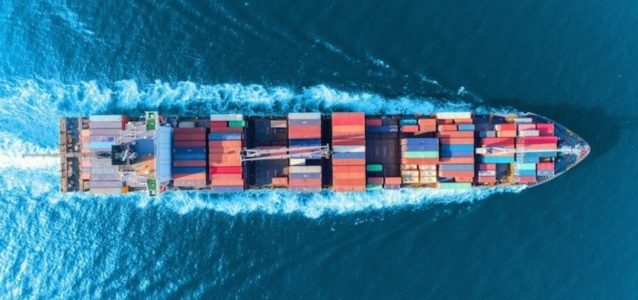There have been many changes in the shipping industry in the past. We have seen the chassis business change with the exit of carriers, the US labour issues (between the east and west), the introduction of mega vessels into the market over a decade ago, to atypical peak seasons to shipping rate fluctuations, the shipping industry has been a lot! One of the newest changes in the shipping industry is the introduction of the low sulfur surcharge.
What is the Low Sulfur Surcharge?
It goes by many names, from Low Sulfur Fuel Surcharge (LSF), the Low Sulfur Bunker Surcharge, or even the Low Sulfur Surcharge (LSS). The regulation is based on the International Maritime Organization (IMO) agreed upon back in 2012 in an effort to reduce the amount of sulfuric fuel emissions being burned at ports or populated coasts. The concern is that the high sulfur content fuel contributes to significant amounts of sulfur dioxide emissions, which are hazardous to the population.
History of Low Sulfur Surcharge
If you go back to 2015, the setup of Emission Control Areas (ECAs) were established. Only vessels with fuel sulfur content lower than 0.1% were allowed passage through these ECAs which included certain parts of Asia, Canada, the east and west of the United States, the North Sea and the Baltic Sea. The ECAs are depicted below.

Transco Cargo Australia – Changes in the Shipping Industry with Low Sulfur Surcharge
What is New with the Low Sulfur Surcharge?
So what is changing? The new IMO 2020 regulation will be launched from 1 January 2020, which covers a blanket regulation where all seagoing vessels are to reduce their sulfur oxide content, by 85%. The aim is protect the public’s health and the environment by cutting down on the sulfuric oxide gas emissions expected from all the vessels.
What Changes in the Shipping Industry will we See?
Whilst all sea vessel operators will be affected, so will the likes of oil refineries and the oil markets the world over. There will be expected increased in freight rates as well as operations including container transport. However, there are also what is considered long term agreements for FCL and LCL shipments which will carry a price adjustment referred to as the Bunker Adjustment Factor (BAF). This is calculated based on the BAF formula that is based on recent historic price developments; the fuel consumption per TEU is the average consumption on a trade lane whilst considering factors such as transit time, fuel efficiency, weather buffers and such to name a few.
Fuel Price Per Ton X Fuel Consumption Per TEU (Trade Factor) = Floating Energy Cost
From the start of 2020, the changes in the shipping industry must take effect. It should be noted that the Low Sulfur Surcharge varies based on the carrier and routing and not to mention the type of container being utilized.

